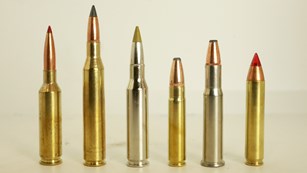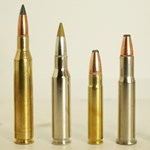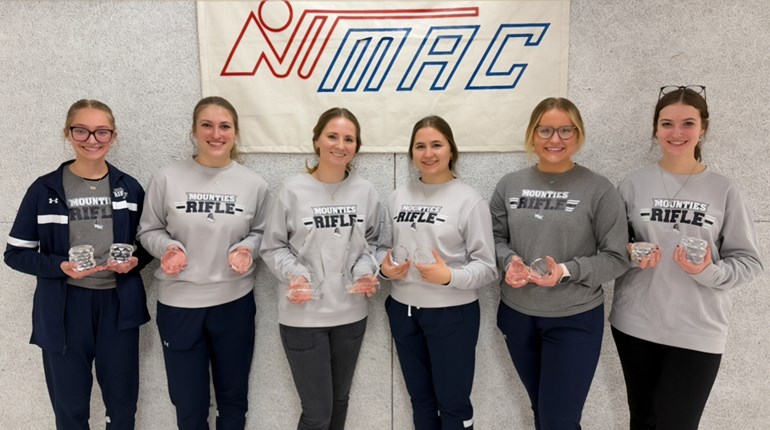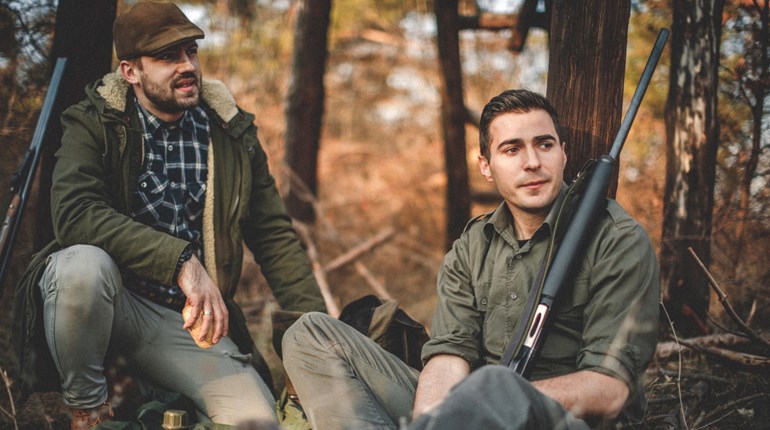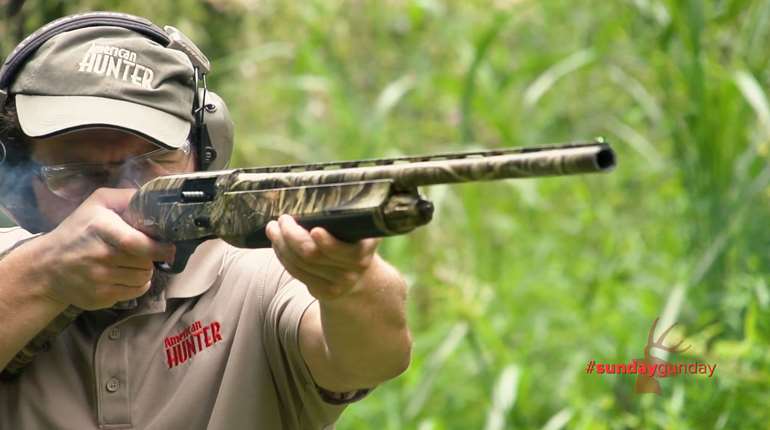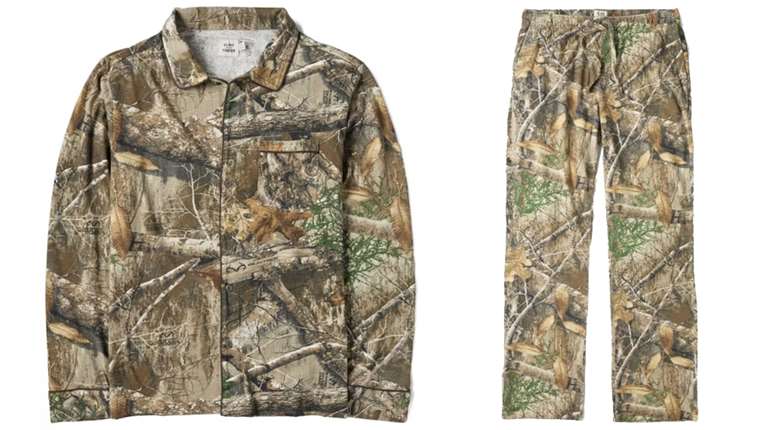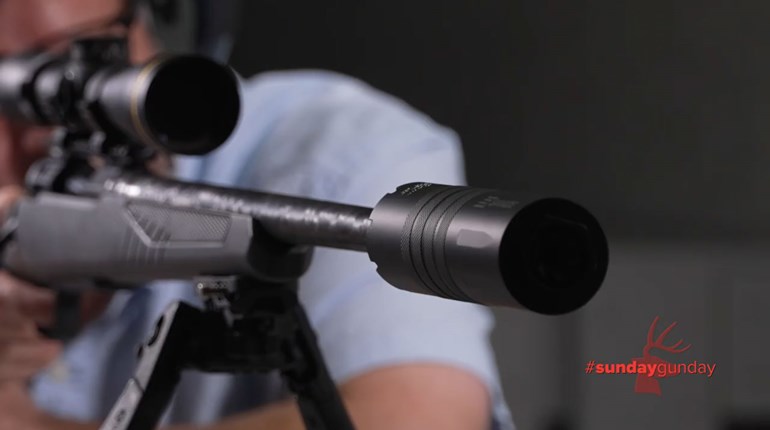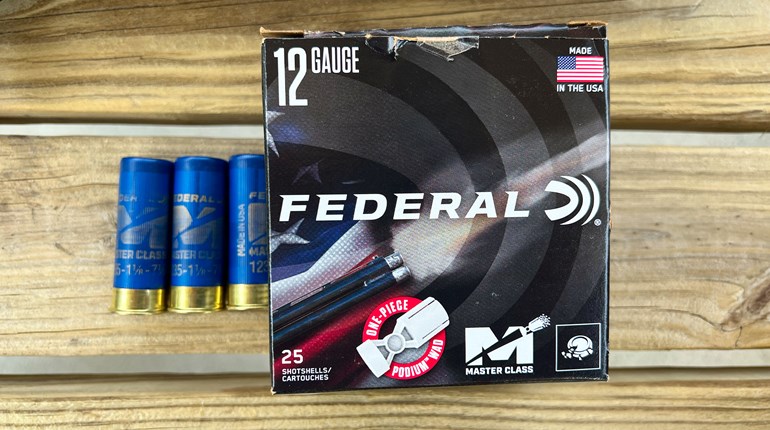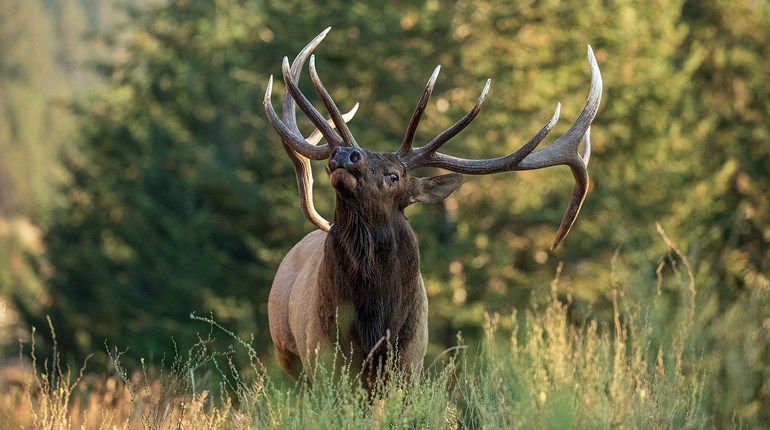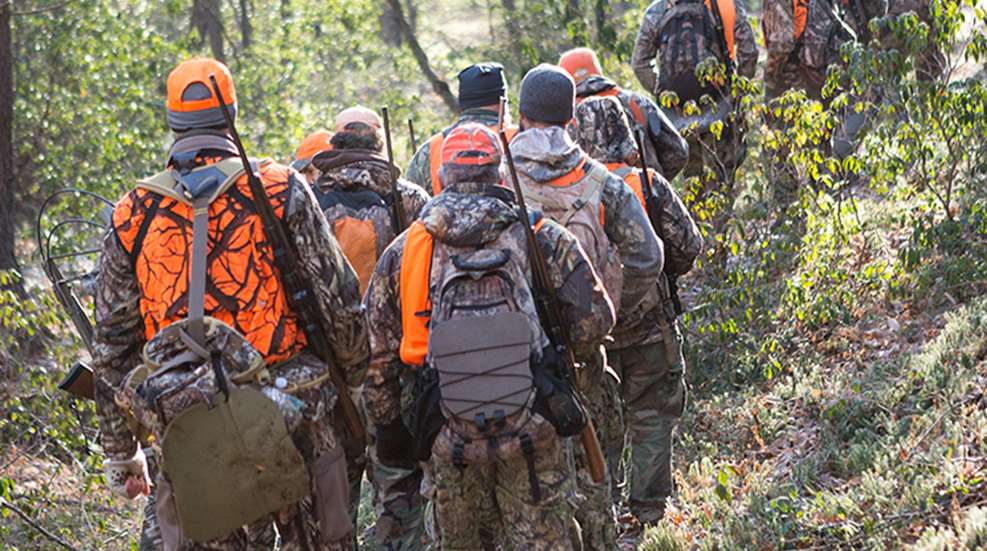
In the couple moments before Uncle Bob pokes the lighted match beneath the lamp’s globe, the hissing sound of gas takes me back to my teenage years and I realize with some regret that I’ve been away from this place far too long. Now, with two mantles glowing yellow-white, I can clearly see what I’ve been missing in the 20-some seasons since I last hunted at Water Hole, and a certain amount of comfort comes in noticing that, inside the cabin at least, things have largely remained unchanged.
On the wall under the stairs hang the same buck racks I remember admiring when I was a kid, one set placed there by George Deitrick, Uncle Bob’s brother and my grandfather, the man who first took me to Water Hole when I was 15. Grandpa passed 12 years later, and though our best times together were filled with deer hunting, a hollow feeling forms in my chest when I confront the reality that not nearly enough of those trips were made to this cabin, and I’ll never have the chance to hunt with him here again. The lump in my throat melts into a low chuckle when I notice the red-and-white checkered vinyl that covers the long table in the middle of the kitchen looks to be the very same tablecloth in use the last time I ate here two decades ago. The enameled washbasins and swing-out shaving mirror look familiar, too. There are some things that seem to last forever at deer camp.
“We’re gonna need more wood,” says Uncle Bob, already feeding kindling into the stove. Even at 77 years old, he wastes no time in opening camp. The chores are familiar, and there’s an order in which they’ll be completed, a routine established before I was born. First the fire, because the thermometer on the porch reads 38 degrees this late Sunday afternoon, and it feels even colder inside the walls of the cabin, which has been shuttered for almost a month. According to the camp register, we’ll be the first ones to hunt at Water Hole during this rifle season, even though its first week has already passed.
Lest I mistake my uncle’s appraisal of the woodpile as a mere musing, he hands me a bundle of feed sacks and directs, “Use these bags. There should be a hatchet in the woodshed.” I walk out back as the first wisps of smoke rise from the cinder-block chimney. They are almost translucent because the oak is dry and seasoned, but reveal the presence of an otherwise imperceptible breeze as they drift in front of the dark green needles of the pines that grow thick around the cabin.
As much as the blaze orange that covers various pieces of my clothing, I’ve always associated this light shade of smoky gray with deer hunting. More often than not, it’s the color of the northern Pennsylvania sky in early December. It doesn’t quite have the look and feel of winter, yet it’s too somber to be included with the bright palette of fall. Simply and accurately, it looks and feels like deer season—a season of its own in Pennsylvania. Every hunter raised in this state knows the pair of weeks following Thanksgiving are as defined and as cyclic and as necessary to the passing of a calendar year as any period dictated by the earth’s relative position to the sun, this latter method of timekeeping being applied perhaps more universally but with hardly the amount of weight that attends tracking events by their proximity to deer season. The importance of these two weeks and their effect on man cannot be overstated; consider the fact that deer season is the sole reason places like Water Hole—and there are hundreds, possibly thousands, of them across Pennsylvania—exist.
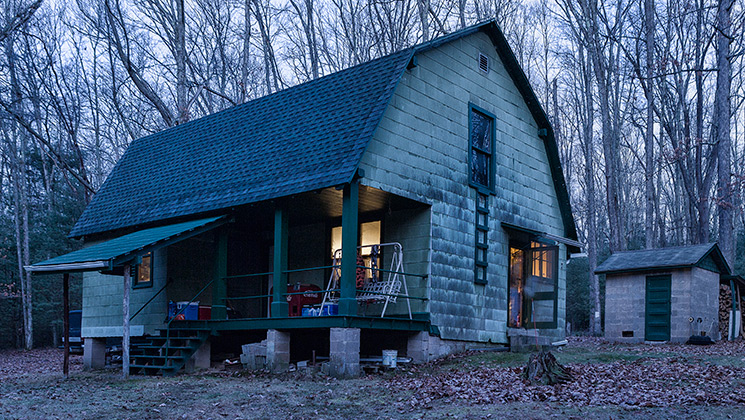
Head North
Pennsylvania’s northern tier—roughly defined as the area of the state north of Interstate 80—is a bastion of whitetail deer hunting, certainly as significant to the history and culture of the sport as New York’s Adirondack Mountains, Michigan’s Upper Peninsula and the deer clubs of the Deep South. According to the U.S. Fish and Wildlife Service National Hunting License Report, since 1958 (the earliest year included in the summary) Pennsylvania hunting license sales have approached or exceeded 1 million. Granted, not all of those licenses are for deer hunting, and not every deer hunter seeks whitetails in the northern tier, but the popularity of both the game and the area is such that a conservative estimate puts several hundred thousand deer hunters afield “up north” each year. Despite all the attention the big buck hotspots of Kansas, Iowa and Illinois receive, there are more deer hunters in the northern half of Pennsylvania come the Monday after Thanksgiving than in any of those other destinations statewide throughout the entire season. Businesses open and schools close for the “first day of buck” here.
A large part of the northern tier’s draw can be attributed to hunter access. Public land in the form of dozens of state forests and game lands abounds. In north-central Pennsylvania, the Sproul, Tiadaghton, Susquehannock and Tioga state forests alone stretch across nine counties and include nearly 900,000 acres—virtually all open to hunting. This is a land densely wooded and thinly populated, especially by Eastern standards: Approximately 450 square miles of Sproul are without permanent residences, electricity and telephone service.
Just as alluring is the terrain. Most of the region is geologically characterized as the Deep Valleys Section of the Appalachian Plateaus Province, and a glance at the topography shows the description is fitting. Hills rise steeply to 2,000 feet from the West Branch of the Susquehanna River and its major tributaries such as Pine, Young Woman’s and Kettle creeks. The big woods—mixed stands of mostly oak, maple and pine connected by expansive flats of mountain laurel—are cut by narrow hollows with enough gradient that the tiny streams at their bottoms rush with white noise that a hunter can hear—and guide himself by—from hundreds of yards away. Flattened onto a two-dimensional topo map the curving hills and drainages look like a maze, and the whitetail bucks navigate it expertly.
These bucks and the challenge of hunting them in big, wild country prompted about a dozen farmers and factory workers to pool their resources in the late 1940s and form the Water Hole Camp. As most of them resided near the town of Milton about 70 miles away, in those days a good trip through the mountains over unimproved logging roads, the hunters needed someplace local from which to base their efforts. They entered into a long-term lease with the state for a small parcel of ground in Sproul State Forest north of Renovo to serve as a site for a cabin. The group chose a spot near the top of a hill within an easy walk of a spring or “water hole,” since there would be no indoor plumbing, and named the camp appropriately.
The structure that would house the hunters came in the form of an old barn, disassembled from its original state near Milton, hauled by truck in pieces to the site in Sproul and rebuilt with some additions such as a porch. Then, as now, there were two rooms: a downstairs kitchen/dining/gathering area and an upstairs bunk area. Though Bob Deitrick didn’t join the camp until 25 years later, he remembers it being built because his cousin helped with the construction. “I don’t know how long it took to get that barn up there, but they started to build the cabin in 1949 and still weren’t done in 1950,” he says. “But they hunted out of it that year anyway.”
According to a note scrawled on one of the cabin’s light green exterior wall shingles, the 1950 season apparently wasn’t successful at Water Hole but luck would soon follow. Protected from the weather by the porch roof and still legible, the five lines of pencil marks in all capital letters read, “The first deer/Killed at this cabin/Dec. 12, 1951/By/Nim Hoffman.”
Better years were to come. In the early ’70s the state clear-cut large blocks of timber near the camp, and the resulting cover and young browse yielded nothing short of an explosion in the deer population. Great hunting extended into the ’80s, and Uncle Bob recalls the camp taking nine or 10 deer in a season during the best years. “We all hunted right from the cabin, anywhere we could walk,” he says. “We’d drive out the Big and Little Slashings, the areas that had been cut and were grown over, and it used to be nothing to see 30 or 40 deer run out of there.”
By the time I was old enough to be trusted with Grandpa in the mountains, the days of high deer numbers in the forest surrounding Water Hole were gone. The clear-cuts matured, not enough other timber was cut, coyotes moved in, hunters killed too many does, several hard winters thinned the herd, and a handful of other reasons—some scientifically plausible, some not—were thought to have brought the whitetail population to a low. With many Water Hole members advancing in age and better hunting to be had closer to home in the flatter farmlands, entries in the camp register dwindled. During the few times I visited the camp with Grandpa in the ’90s, just four or five other hunters, mostly relatives, were there. Still, the old and simple ways of doing things at the cabin, the sense of belonging to such traditions and the exhilaration of hunting country big enough to become lost in heavily influenced my perceptions of what deer season should be. While I never killed a deer at Water Hole, I clearly remember a fleeting chance at a buck that took one bound from a patch of laurel and disappeared down a hill, leaving me with more to ponder in the years ahead than just the size of his rack. And so when I had killed enough deer elsewhere to realize that the value of the hunt and my identity as a hunter is rooted in things other than the kill itself, I had to return.
Driven
Uncle Bob is awake by 4:30, and 15 minutes later the scrapple is sputtering in the cast-iron pan. I’m washing down my second piece with a slug of black coffee when Eric Probert, a college buddy of mine who’s lived his entire life in nearby Renovo and knows the hills around Water Hole as well as his back yard, which they are, knocks at the door.
As luck would have it, Probert and a group of his friends from the area plan to hunt within a few miles of Water Hole for the next couple days, and I beg an invitation to join them. We’ll be driving deer—a method of hunting that if not invented in Pennsylvania, was definitely perfected here. Uncle Bob, having been on his share of drives over more than a half-century of hunting, is content to take his gun for a slower-paced walk near the cabin. His son, John, has his own plan for the day based on experience gathered over many seasons at Water Hole, and I know better than to ask another hunter, even if he is my cousin, to show me his favorite spots. We wish each other luck and as I close the door of the cabin behind me, I think of the countless other hunters who have stepped off this porch into the dark morning with high hopes for the day ahead.
Inside Probert’s truck, talk turns to the activities of the gas companies in the area and their use of hydraulic fracturing to extract natural gas from the Marcellus Shale Formation that lies beneath these hills. Gas wells and various components of the transmission system dot the landscape—industrial-looking structures that seem oddly out of place in the deer woods. The effects of “fracking” on the area’s whitetails are uncertain; the process does not come without environmental concerns, but at the same time clearing areas for well pads, access roads and rights of way potentially creates more of the edges and young browse to which deer are attracted. Hunters may be the most affected, not only by the sight of the equipment but also by the flurry of activity from gas workers in areas that, except for other hunters, are typically devoid of people.
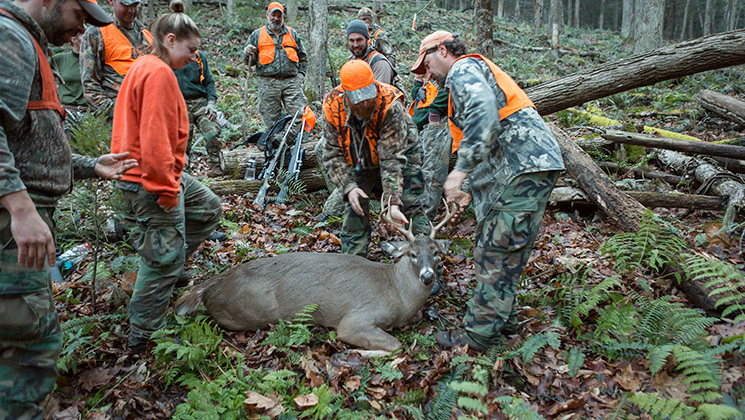
During the next two days I see only hunters, and they’re all part of Probert’s gang. There are about 15 of us, mostly middle-aged men but also two young women who have joined their fathers for the hunt because that’s what daughters do here. We split into two groups and form rough lines, with the hunters in each generally spaced 100-200 yards apart depending on the terrain and cover. The drive begins when one line starts moving toward the other, which remains stationary and on the lookout for any deer that may be pushed from the half-mile stretch of woods separating the two groups at the onset.
That is a very simple explanation of a series of complicated maneuvers dictated by the rolls, sways and cuts in the land, and by the changing vegetation that can go from wide-open timber to tangled laurel in the space of a few yards. To successfully drive deer across this landscape, to make them go where they are vulnerable—or better yet, to place hunters in position for a shot where the deer want to go because they think they aren’t vulnerable—requires an intimate knowledge of the terrain and the movement patterns of the quarry. Pace is also important, as is communication, and the team stays in touch by making intermittent raven calls with only their voices.
These guys are good, and their planning pays off. After two days of hunting, the group has done six drives, walked about a dozen miles, seen close to 30 deer and killed three bucks—all of them 8-pointers or better, all on public land, during the second week of rifle season in Pennsylvania, a state not known for high success rates following opening day. Their teamwork and efficiency makes it obvious they’ve hunted together before: When a buck is killed, its position is marked by GPS and most of the gang returns later to pack it out so as not to take time away from the next drive.
As we walk back to the trucks on the second afternoon, one of the guys who I just met and who is unsure of what to make of my traveling from Virginia, asks me why I came all this way to hunt where there aren’t as many deer. I tell him it is because it’s the way I remember deer hunting as a kid, and then I ask him why he’s out here.
“It’s just always been the way I’ve done it,” he says. “I wouldn’t want to hunt anywhere else. These mountains are in my blood.”
Back at Water Hole, eating a late supper with Uncle Bob and John, I try to enjoy my last night in camp but can’t hide my disappointment in having to leave the next morning. Both of them are staying for the rest of the week, until the end of the season; they almost always do. But then talk turns to next year, and I know I must make every effort to get back here. These mountains are in my blood, too.




